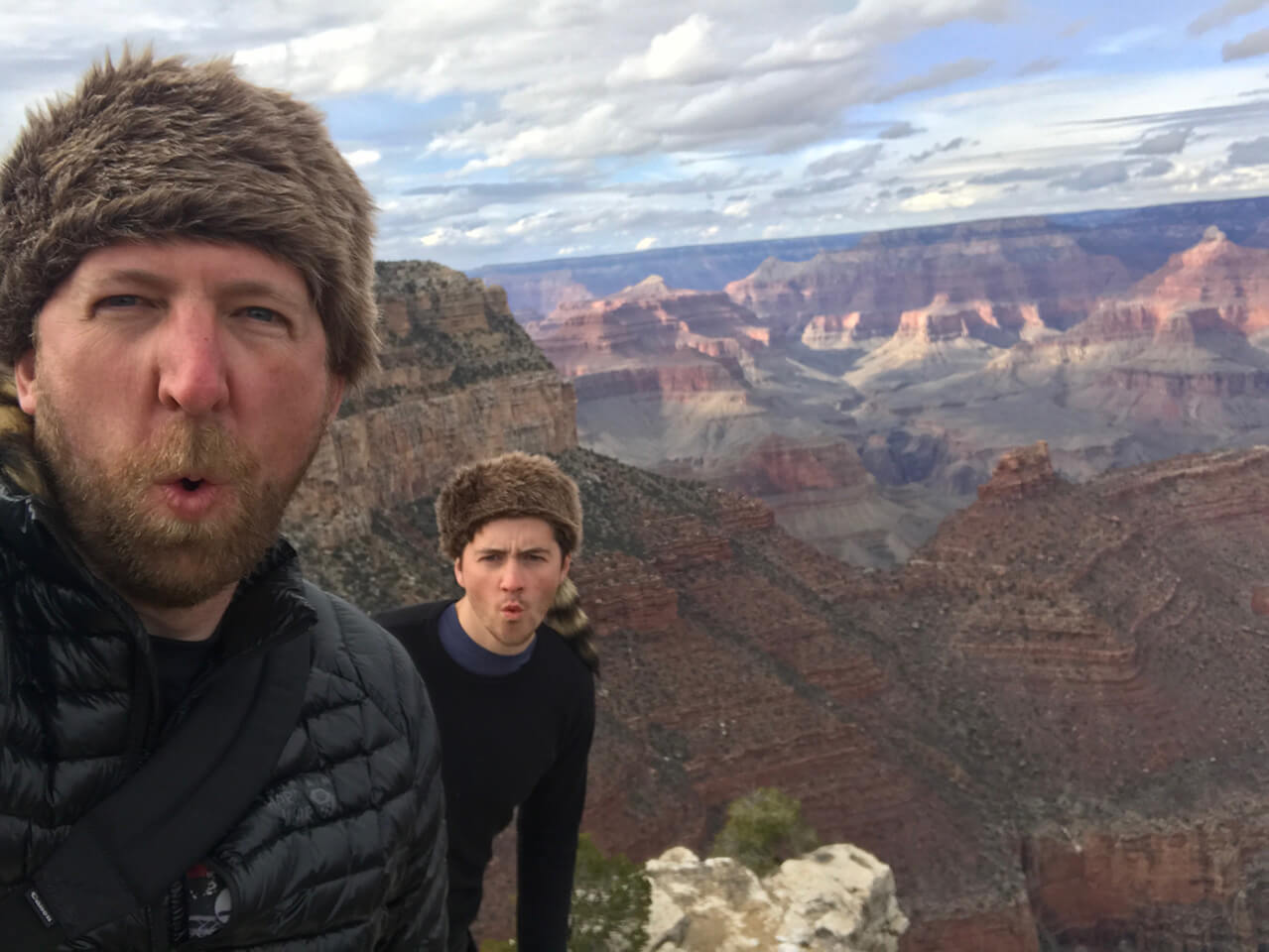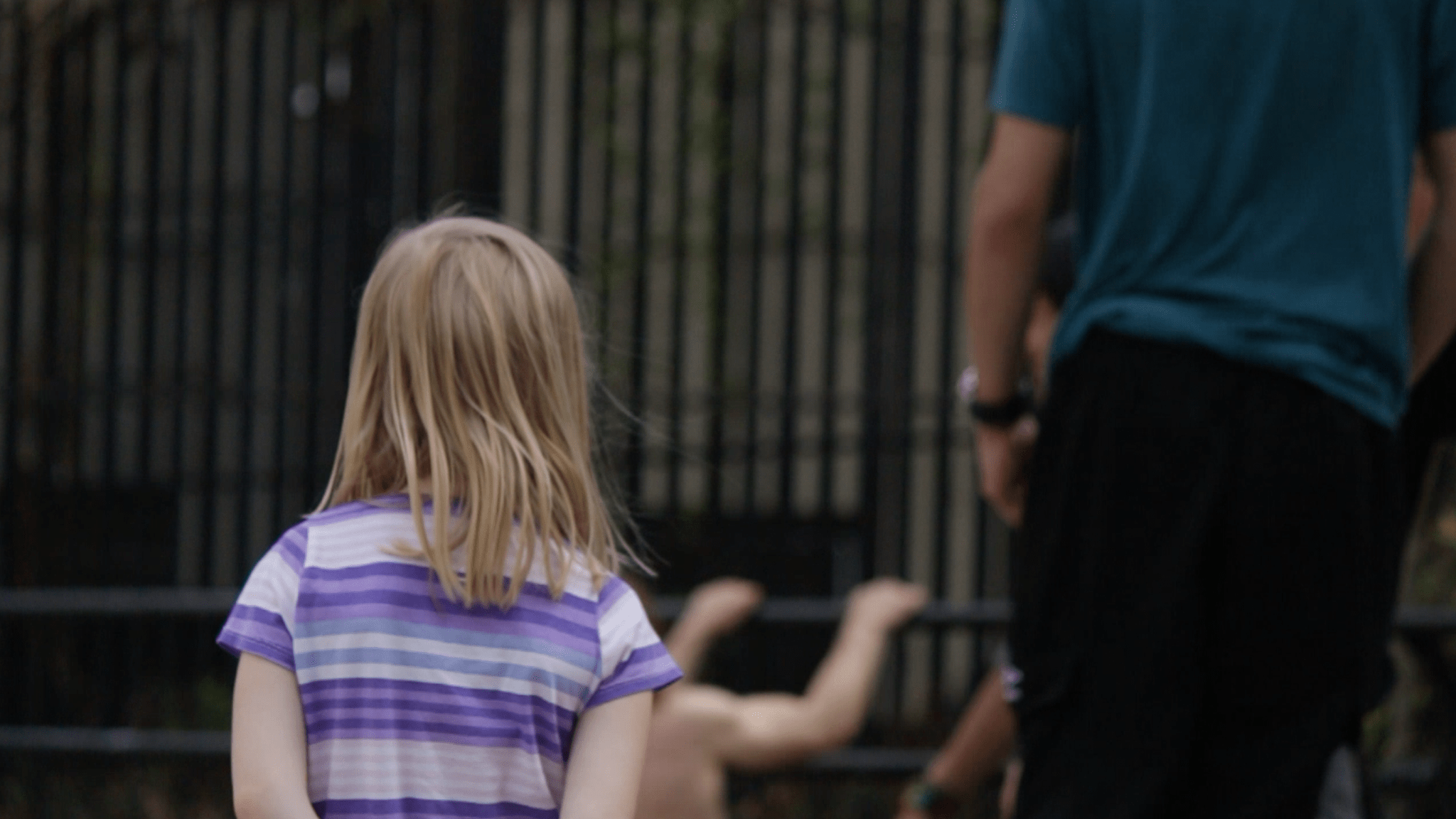SOMETIMES LIFE IS HARD AND,
IT IS OK TO SAY SO.
It was just a split-second—merely a moment’s thought, but it came as I was perched on a roof in Zurich, five stories high, looking down at the only route back to the ground. To most people, it would have looked like the glass façade of a modern building. Nothing more than an architectural flourish. But with its horizontal lipped panels, I looked at it differently. I saw an opportunity. To me, it was a ladder. One I had been determined to climb from the moment I saw it.
I noticed the building on my first day in Switzerland, situated across the road from my hotel. And over five days of walking past it, I had done my research; checking the grip, the wind resistance, even trialing it by going halfway up.
And on this cold morning, it was time. The chilly conditions meant less moisture in the air, and therefore more traction. Sheltered from the wind, I had clambered up in a flawless 45 seconds, zipping vertically without pause. So, once at the summit, I knew I had nothing to fear.
But as I looked down, knowing that I would be required to transfer from the roof back to the glass before making my descent, I told myself that if I didn’t focus here, I could die. It wasn’t terror that I felt in that millisecond. Panic is of no use in these moments. Instead, I’d describe it as a sense of heightened awareness. My brain was on high alert. It reinforced my focus. Then my body took control.
Using the techniques I’ve spent years honing, I climbed down safely. My physical preparation strengthens not only my core but also my belief. It means that when it comes to these climbs, it’s not a case of I might be able to grab that ledge—I know that I can.

To prepare my body for such moments, I have a regime that I must maintain. I hang on a bar for 10 minutes without letting go, switching arms every 10 seconds. I go for a one hour run per week, accompanied by several shorter runs. And alongside parkour training every other day, I go bouldering at the gym twice a week, including one session of non-stop climbing for 30 minutes.
Bouldering is a maze of challenges featuring endless routes. Its various holds and grabs can be tackled in many ways, allowing me to learn new techniques. Although I traverse the walls at ground level, it’s key that I visualize that I am at a great height. This practice helps me to retain a calm focus that I can apply when I am high up. I guess it’s a meditation of sorts. It’s imperative that my training involves avoiding fear when climbing. Fear creates the fight or flight reflex, and though this adrenaline response has its uses in life, I find it is less than ideal while clinging on at a hundred feet in the air.
My training allows me to explore those areas of struggle and fatigue and to strengthen my body to be reactive in those moments when I might need it most. Slipping happens on the climbing wall, though falls are rare. On occasions when I have taken a tumble, it forces me to think deeply and analyze why I did it. How did I lose control?
Learning from every mistake is key to being a better climber because, at height, there isn’t much room for error. That said, my control manifests itself in other ways too. I tell myself that I wouldn’t do a climb with real consequences. If there’s a chance I may fall climbing outside, I have to know that I am going to survive it. This may explain the pause I felt while on the roof in Zurich. It’s a feeling I never had before or since.
In the end, I convinced myself that it proved no different from any other climb I’ve done. My mindset drives me to acknowledge that every climb is as defining as the next, so I apply the same way of thinking to them all. That mindset allows me to live a life of absolute control.


ALTHOUGH I TRAVERSE THE WALLS AT GROUND LEVEL, IT’S KEY THAT I VISUALIZE THAT I AM AT A GREAT HEIGHT.
I discovered my love for this discipline way before a name for it even existed. Back when I was just a kid, the terms parkour and freerunning meant nothing to me as I jumped, bounded, and capered my way through the small village of Hoo with my older brother Shamus. Shamus was an inspiration to me—older, better, stronger, smarter. But this made me hungry to be better and one day inspire him in return.
We just did what most kids do, exploring and finding fun in the simplest and purest ways. Our exploration came in the form of climbing. I remember climbing on our school building, trying to find new and more daring challenges. It has always been second nature for me to explore a new place by ascending it, feeling it from a physical standpoint, and then mentally working out how I could conquer these places. Executing those visions remains one of the most fulfilling things about what I do.
I had some troubled times growing up, and my family didn’t have much money. But climbing and movement gave me something money can’t buy. It made me happy, I felt free, and it gave me areas for self-development. It gave me passions that are inexpensive and raw.
As I got older, I became determined to put all of this training and passion into something tangible—to earn from my talents. I coached freerunning for years while working as a landscape gardener before a chance encounter at a parkour competition handed me the chance of an audition for Marvel Studios. They had been seeking athletes to help out on a film they were making. I remember the audition like it was yesterday. I had to do a 30-second showcase of my skills and read some dialogue to the camera.
A month later, I had a call from Marvel offering me the role of parkour consultant, helping to train the actors and incorporating parkour elements into the film. I would be paid more than I ever had before for a job I would have happily done for free. I felt a pang of emotion the moment I put the phone down. I had achieved something with the skills I had built up over the years. I felt enormous pride at having forged my path. September 22, 2015, was my first day on the set of Dr. Strange, starring Benedict Cumberbatch, Chiwetel Ejiofor, Rachel McAdams, and Tilda Swinton. It proved to be a birthday I would never forget.
It was the break I’d been after, and the work kept coming. I was offered the chance to become a course tester for Ninja Warrior UK. Hired by The ATS Team, a global production company behind most obstacle-based shows on TV. I vividly remember my first day on set.
As the crew was doing camera rehearsals, they asked the room who wanted to try the course first. Without hesitation, I volunteered. I felt ready to lead the way and knew I’d be capable of completing the challenges. I tackled them exactly how I wanted to, with precision and composure. I didn’t fear falling, but looking back, I wonder how my path might have changed had I fallen on the first obstacle. But I didn’t. I had successfully taken control.
Less than five years on, I have worked on films including The Darkest Hour with Gary Oldman and Steven Spielberg’s Ready Player One, along with dozens of Ninja Warrior shows worldwide. I feel incredibly fortunate to be a part of these projects, engaging my passion, and doing things that I would wish to do even if money was no object.
As much as my career has been one carved by my dedication, it has certainly not been without the help and inspiration of others I met along the way. To stay focused and in control often requires a fresh perspective, a new way of looking at life. It’s not always possible to see for yourself the areas where you need to improve and refine. Sometimes, it takes someone special to do that for you.
For me, that person was Travis McDaniel, who I met on the set of Ninja Warrior. Little did I know that he would become one of my biggest inspirations and a driving force in my life. He was an affirmation for why I do what I do and how I live. In the years I was fortunate to know him, he made me a better man and made me want to be the best I could be physically and mentally.
If getting my first film showed me the path, then it was Travis who showed me the planet. He took me lead rock climbing outside for the first time, showing me the true beauty of climbing and nature. We traveled the world together, from ice climbing in Iceland to sitting under the night’s sky in Arizona, laughing about working with Spielberg. We packed in what feels like a lifetime of adventures that I’ll never forget. I feel like I live in his honor.
Travis owned The ATS Team, for whom I continue to work. His vision and drive saw the company transform from a canyoneering tour company into the global entertainment specialists they are today—allowing people like me to proudly earn a living from what they love.
He helped me blossom and have discipline in my life. Given the efforts I go to in order to train my body and focus my mindset, he taught me to be confident that what I do isn’t crazy. It’s simply me living a life of my choosing. A life being in sync of body and mind. My way of being in control.
In May of 2019, Julian went through surgery for a torn ACL, and through extreme determination, he has worked back to the top of his game. While preparing for this jump, his old injury became a concern for the jump. If he bounced it and was forced to take the drop, the load could be too heavy on the patellar tendon graft he had undergone. The knowledge of this risk created an even more challenging mental state for Julian to overcome. Over the course of 3-weekend filming sessions, Julian and I prepped this project, and on the final shoot, he completely nailed the challenge.


Story by Shane Griffin, and Discover Interesting.
Photography by Ampisound.








